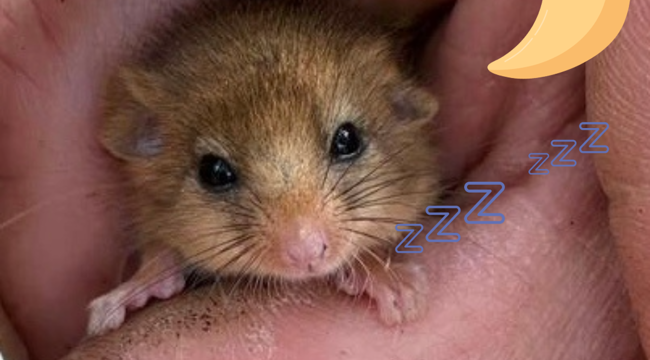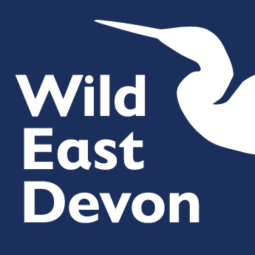Hibernation series: Dormice

As the days get shorter and temperatures begin to drop, some of our wildlife will be preparing to hibernate – it’s natures sleepy way of ensuring animals such as hedgehog, dormice and bats survive the winter.
During hibernation animals enter a state of almost total inactivity significantly lowering their heart rate and metabolism. Their body temperature drops as well, allowing them to conserve energy and survive without eating for extended periods. Occasionally, animals will briefly wake from hibernation, such as on a mild day to look for extra food or in response to dangerously cold conditions where they are at risk of freezing.
As dormice prepare to hibernate, they embark on a feeding frenzy consuming a variety of foods like berries, nuts, aphids and small invertebrates, as well as late flowering plants which are full of protein-rich pollen and sugary nectar. They need to double their normal body weight, reaching at least 20g to survive the winter.
They snuggle down between October or November until April. Weaving small nests at the base of trees or hedges, in moist to avoid dehydration. This long period of hibernation likely contributes to their relatively long lifespan for a small mammal, with some dormice living over five years.
Dormice are an endangered and protected species in the UK. Climate change, as well as a loss of hedgerow and changes to woodland management and farming practices have reduced the habitat for these charming creatures.
However, conservation efforts, like those by the Countryside team, help monitor and support dormouse populations. Dormouse boxes at two Local Nature Reserves—Knapp Copse and Holyford Woods—are part of a national research program led by the People’s Trust for Endangered Species. These boxes are surveyed monthly, and the data collected helps to track dormouse health across the country.
Despite a national decline in dormice this year five baby dormice were discovered at Knapp Copse for the first time in 17 years of surveying—a hopeful sign for the species. The presence of a healthy dormouse population is an indicator of biodiversity in the area, benefiting birds, bats, butterflies, and other wildlife.
Discover more about our conservation work by visiting: Nature Reserves (wildeastdevon.co.uk)
